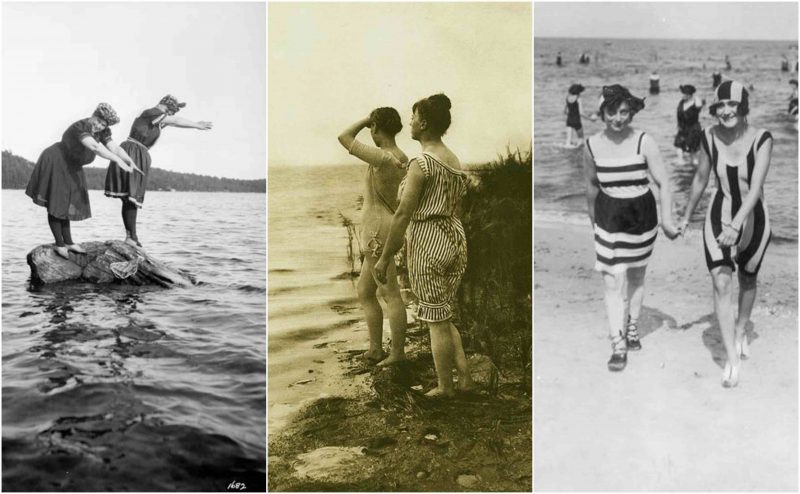In the West, in the 19th century women wore a bathing gown in the water. These were loose ankle-length, full-sleeve chemise-type gowns made of wool or flannel, so that modesty or decency was not threatened. They were long dresses of fabrics that would not become transparent when wet, with weights sewn into the hems so that they would not rise up in the water.
The men’s swim suit, a rather form-fitting wool garment with long sleeves and legs similar to long underwear, was developed and would change little for a century.
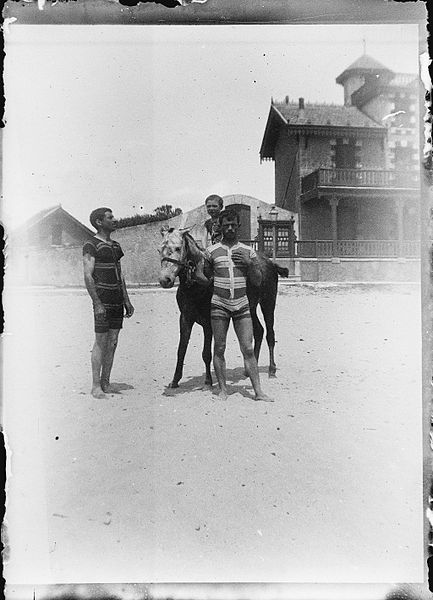
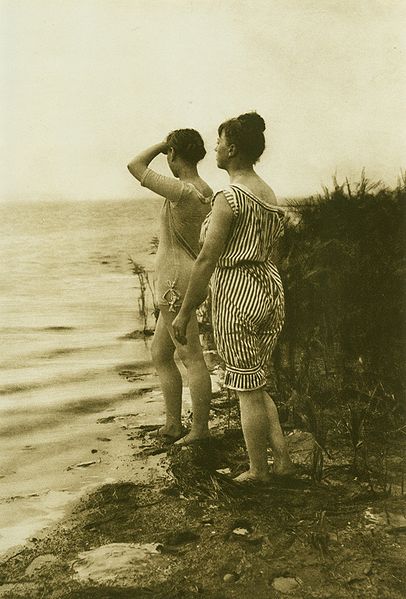
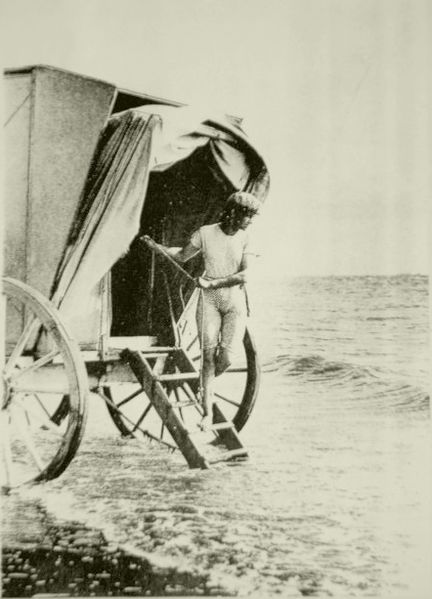
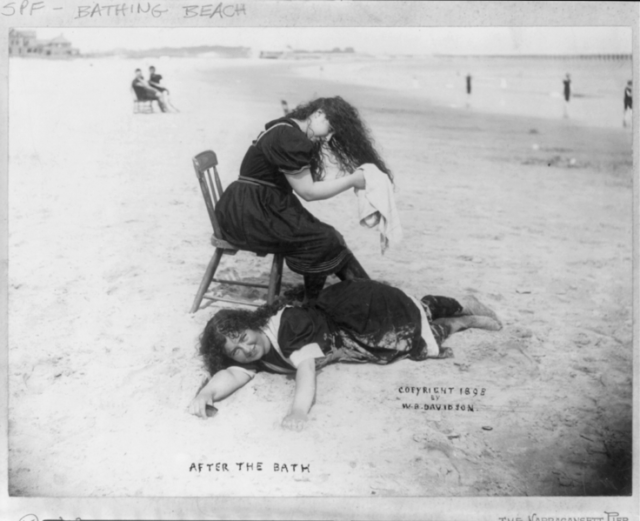
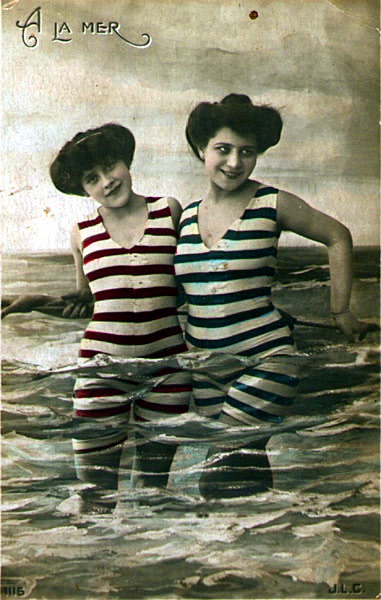
In the 19th century, the woman’s double suit was common, comprising a gown from shoulder to knees plus a set of trousers with leggings going down to the ankles. In the first half of 19th century the top became knee-length while an ankle-length drawer was added as a bottom.
By the second half of 19th century, in France, the sleeves started to vanish, the bottom became shorter to reach only the knees, the top became hip-length and both became more form fitting. In the 1900s women wore wool dresses on the beach that were made of up to 9 yards (8.2 m) of fabric.
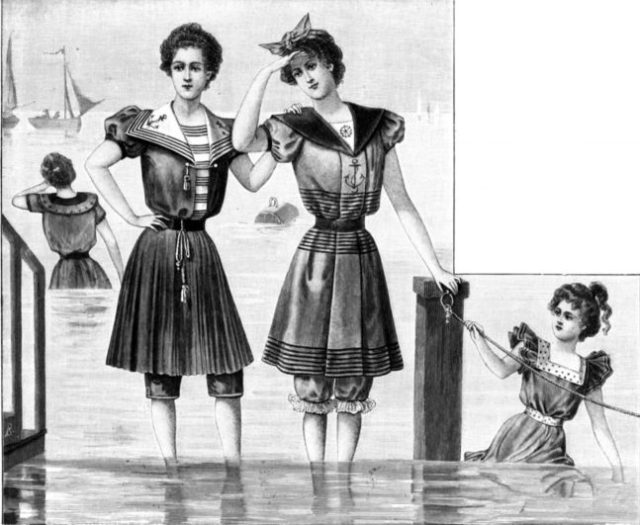
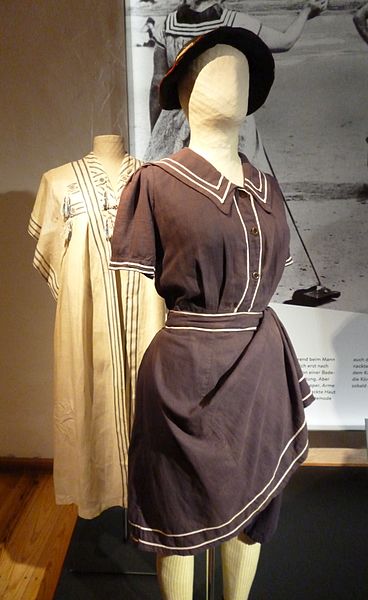
In the Victorian era, Western cultures deplored nudity of any degree, and people took great pains to cover themselves, even bare chested male swimmers at ocean beaches. Popular beach resorts were commonly equipped with bathing machines designed to avoid the exposure of people in swimsuits, especially to people of the opposite sex.
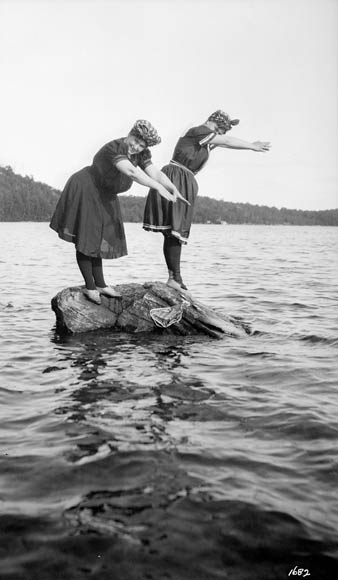
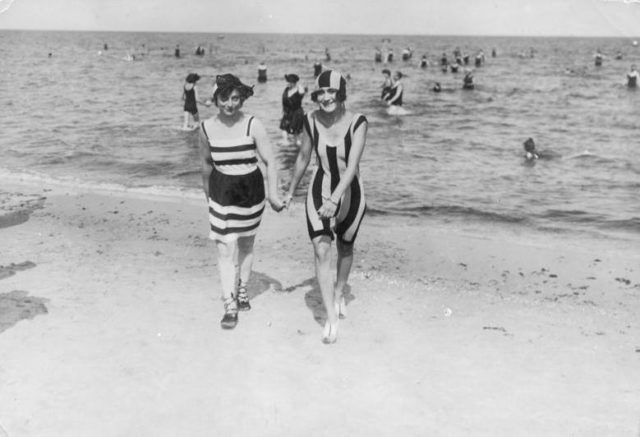
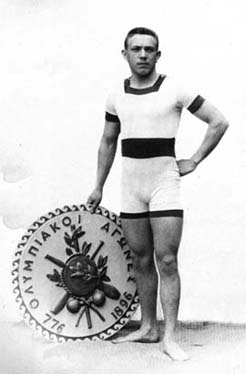
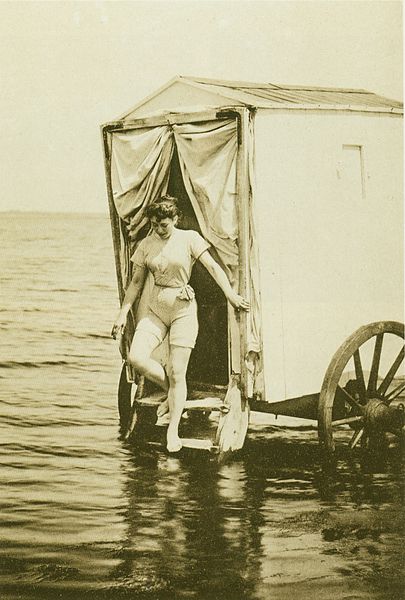
In the United States, beauty pageants of women in bathing costumes became popular from the 1880s. However, such events were not regarded as respectable. Beauty contests gradually became more acceptable with the first modern “Miss America” contest held in 1921, though less respectable beauty contests continued to be held.
